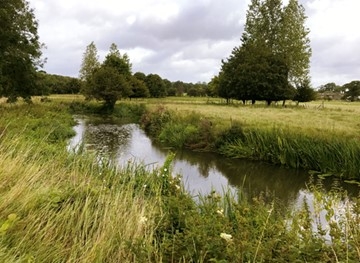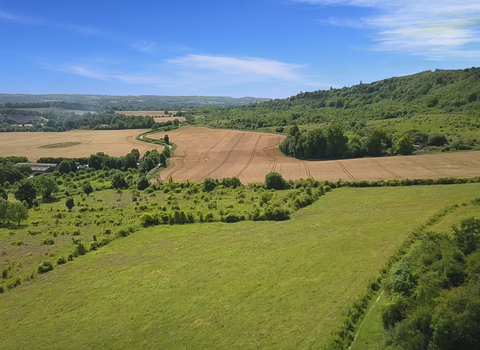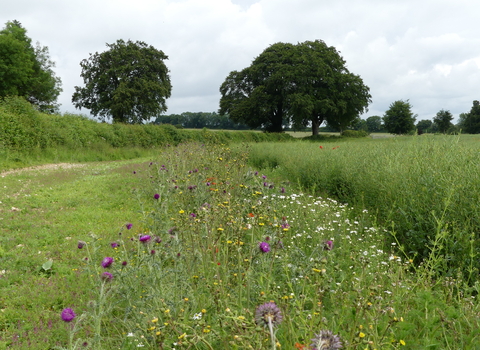There is a wealth of conservation work being undertaken by statutory bodies, charities, non-governmental organisations and others across Kent. However, to date, there hasn’t been a comprehensive, or easily accessible, means of documenting it or the collective outcomes it has delivered in terms of nature’s recovery.
In 2017, Kent Wildlife Trust embarked upon a collaborative project with the Kent and Medway Biological Records Centre, the Environment Agency and Kent Nature Partnership to develop a map-based tool to do just that.
During 2020, as part of the Nature's Sure Connected project, Kent’s Conservation Landscape Tool (KCLT) has been updated to add extra functionality to enable it to be the main way data is gathered to inform county-wide reporting on the area of land being positively managed for wildlife. This is vital to feed into Kent's Biodiversity and Environment Strategies, Single Data List 160 (the proportion of Local Wildlife Sites in management) and State of Nature in Kent reporting.
As the Local Nature Recovery Strategy for Kent evolves, Kent’s Conservation Landscape Tool (which will continue to be updated iteratively) will also be used to support the integration of local knowledge of action into this process, which will assist in the direction of collective effort and investment to secure the greatest benefits for nature across the county. You can view Kent’s Conservation Landscape Tool here and read more about the development of it (and ongoing challenges) in Chapter 4 (More) of the recently published A practical framework for evidencing landscape-scale outcomes of landscape-scale conservation.

Kent Wildlife Trust


